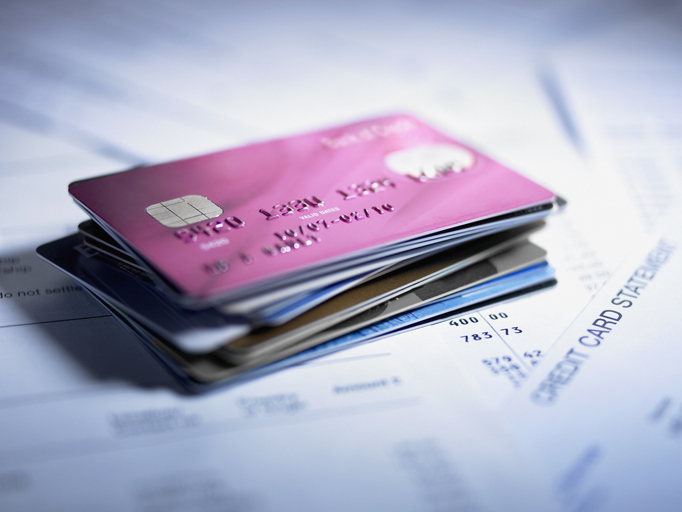(NewsNation) — With banks continuing to raise interest rates even as the Federal Reserve signals future rate cuts, Americans are facing outstanding credit card costs.
The average credit card interest rate reached 21.5% in May, the highest level since the Fed began tracking the data in 1994, according to Bankrate.
Consumers are carrying larger balances too, with the average reaching $6,300 in the second quarter — a 31% jump from 2021, according to TransUnion.
Banks are implementing new fees and higher rates partly in response to a proposed federal cap on late fees.
Retail credit card interest rates hit record high
The Consumer Financial Protection Bureau attempted to limit late fees to $8, down from the current maximum of $41, but the regulation was blocked by a Texas judge in May, The Wall Street Journal reported.
The impact is particularly severe for lower-income consumers, who make up a significant portion of some banks’ customer base.
The CFPB estimates consumers pay about $14 billion annually in late fees. The proposed $8 cap would reduce that by up to $10 billion.
Relief for consumers appears unlikely in the near term. While the Fed is expected to cut rates, this only affects the prime-rate portion of credit card interest. The majority of charges come from additional interest imposed by card issuers, which reached record levels last year, according to the CFPB.
The banking industry defends the higher rates, with the American Bankers Association citing an increase in subprime borrowers since the 2008 financial crisis, WSJ reported.

